AO Edited
Pohick Church
This church is known as "The Home Church of George Washington and George Mason."
Located in Lorton, Virginia and widely considered to be “The Mother Church of Northern Virginia,” Pohick Church was the first to be established in the colony north of the Occoquan River. The church’s original site, according to George Washington’s map of the area, shows that it was originally located near the present-day Cranford Methodist Church, about two miles south of the current Pohick Church.
Erected sometime before 1724, the building was originally known as the Occoquan Church. Later, its name was changed to Pohick due to its close vicinity to Pohick Creek. In 1732, the Truro Parish was established by the Virginia General Assembly and was granted oversight for all land in the colony situated north of the Occoquan River. As the only church within these boundaries, Pohick Church subsequently became the parish church for the area.
Washington was the primary surveyor for this land parcel and proposed the location for the new 45-acre wooded tract where Pohick Church currently resides. He specifically located the church about six miles from his prestigious home at Mount Vernon. Completed in 1774, the church featured a Georgian structure designed by James Wren with colonial box pews and an elevated pulpit. As was common for church architecture at the time, there was no steeple.
Many historical leaders, including George William Fairfax, George Mason, and even Washington himself became key church leaders. In addition to Pohick Church being a house of worship, it also became an important meeting place for patriots to discuss initial plans for independence, such as the Fairfax Resolves, an early step in the American Revolution.
Considering the church was completed just a couple of years prior to the war, it is widely believed that the Declaration of Independence was read on the front steps of the church. During the War of 1812, it’s stated that the British understood the importance of the church to America’s founders, raiding and disfiguring a memorial dedicated to Washington.
Between 1838 and 1840 in preparation for Washington’s 100th birthday, major renovations were made to the church. Unfortunately, two decades later, the American Civil War nearly destroyed it.
On November 12, 1861, Union troops came upon the church and raided the building, destroying as many artifacts as they could. One soldier, Lt. Charles B. Haydon, was outraged at the lack of respect shown to Washington’s church, claiming, “They were all over it in less than 10 minutes tearing off the ornaments, splitting the woodwork and pews, knocking the brick to pieces & everything else they could get at.”
Once the troops were done, they set up camp on the church lawn and used the inside as a stable for their horses. They also transformed the exterior into a shooting range (bullet holes can still be found in the brick exterior), and heavily vandalized the exterior sandstone walls, doorposts, and cornerstones. Much of the graffiti left by the troops is still visible today.
In 1890, a restoration project was undertaken to renovate the church. It was completed in time to honor the 100th anniversary of Washington’s death.
Today, along with the original church building, there are other noteworthy buildings and a historical cemetery located at the site. The first of these structures is the vestry house. Initially proposed to be in the same colonial brick style and built at the same time as the original church, it wasn’t until 1931 when it was finally erected in celebration of the parish’s bicentennial and George Washington’s birthday. Currently, in addition to hosting parishioner meetings and functions, the house also features a gift shop for visitors.
Two additional buildings were also added to the site, a parish house built in 1955 and a rectory constructed in 1963. The belfry in the churchyard was constructed sometime in the early 20th-century during a smaller restoration project.
The church’s cemetery, on the other hand, began seeing burials as early as 1840 and was “formally” established in 1886. Many notable early Fairfax County figures are buried in the churchyard, including many members of the Fitzhugh family and members of the Alexander family, for whom the city of Alexandria is named.
In 1968, the church was added to the Virginia Landmarks Register and within a year, it was recognized and added to the National Register of Historic Places for its abundant historical associations, colonial-era architecture, and for being an excellent example of a colonial parish church in Virginia.
Today, the church building still stands as it did over 200 years ago, holding regular services and events inside and throughout the churchyard.
Know Before You Go
The church is clearly visible at the intersection of Telegraph Road and Richmond Highway (Route 1), looking southwest. The church still holds services, tours, and other events regularly.
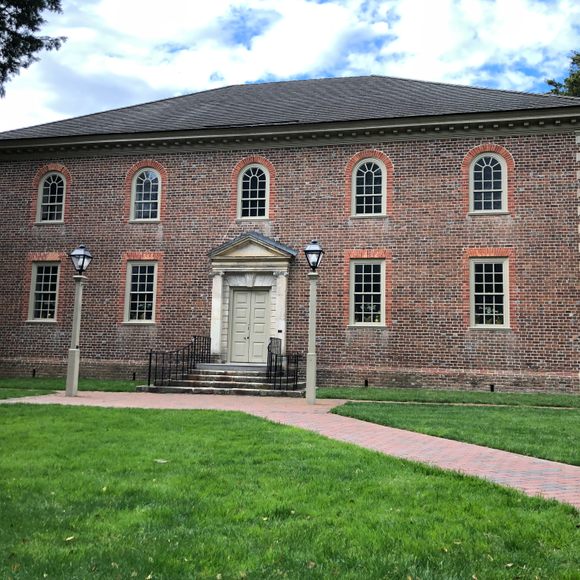

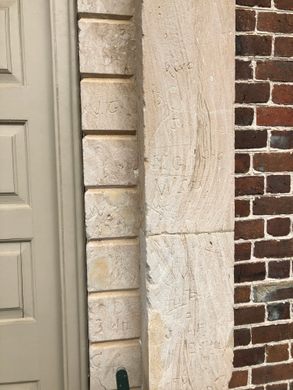
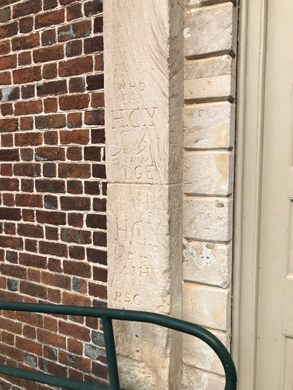
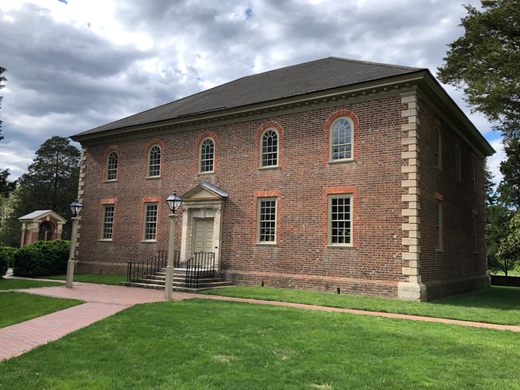
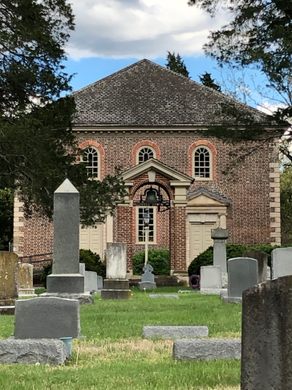
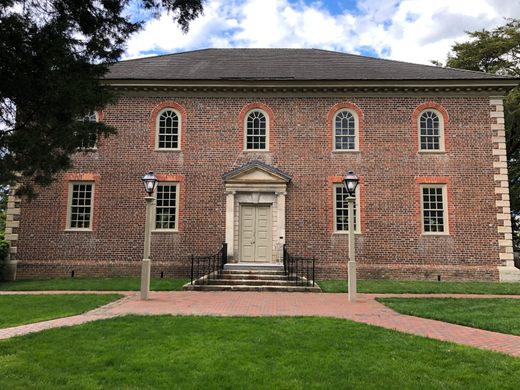
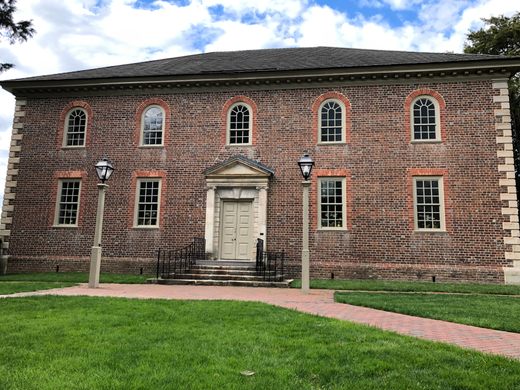

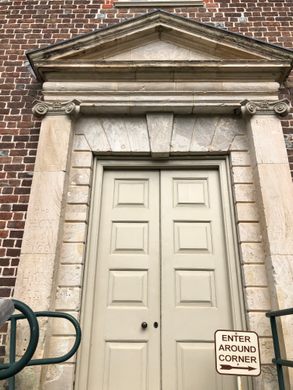
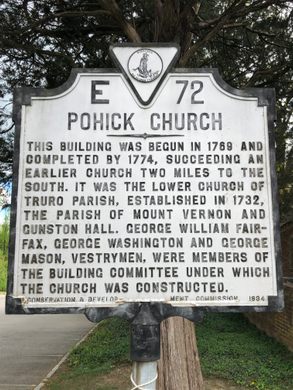
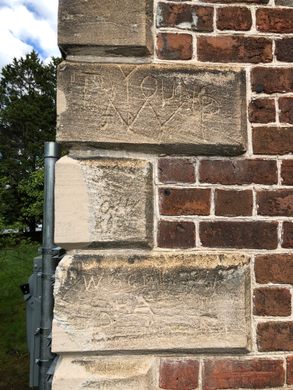
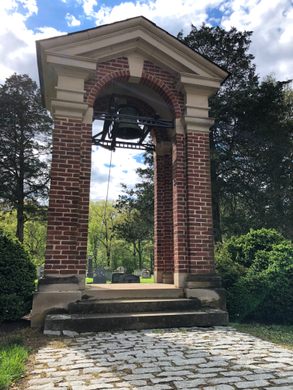
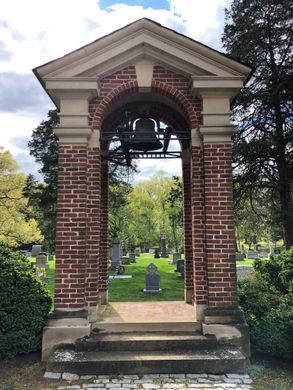
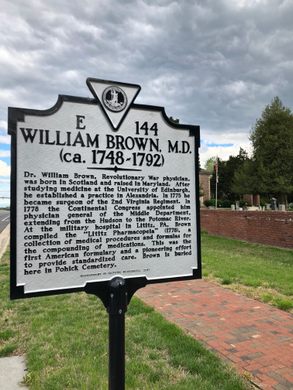
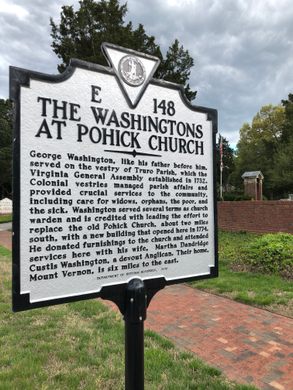
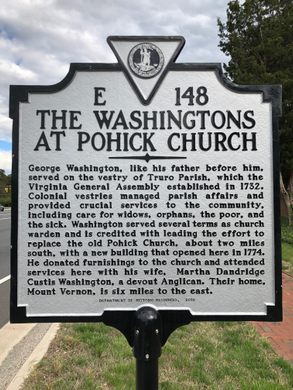

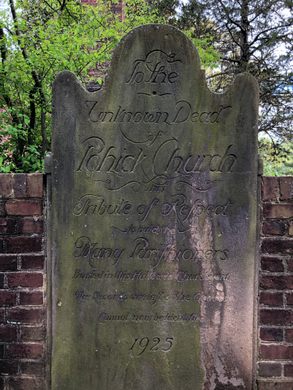
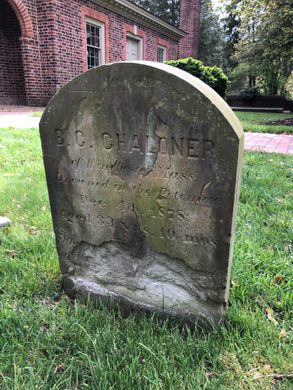


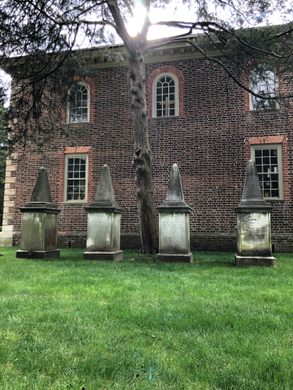

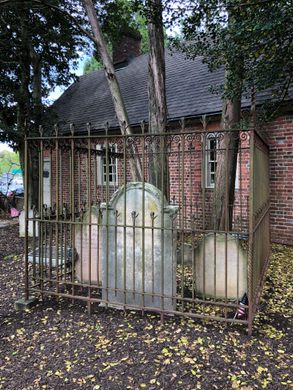
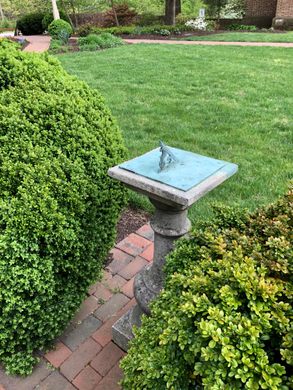
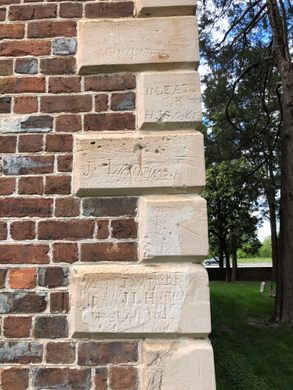
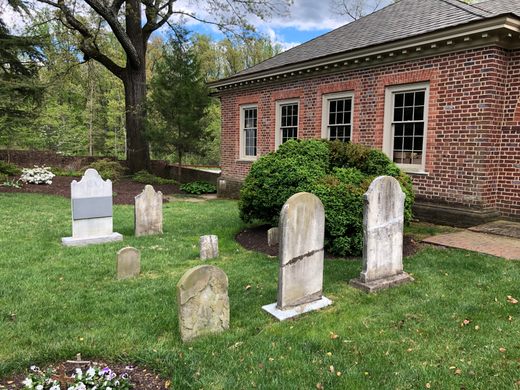
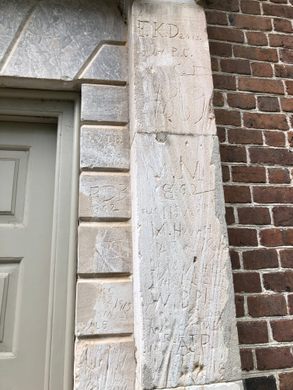
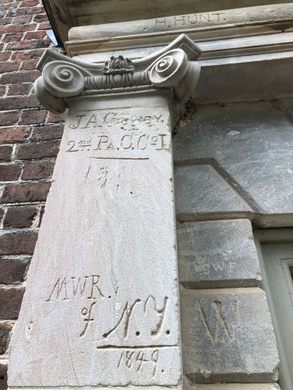

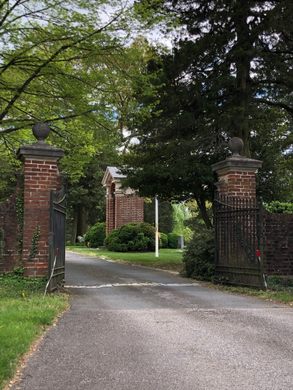
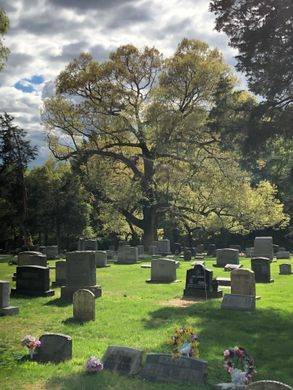
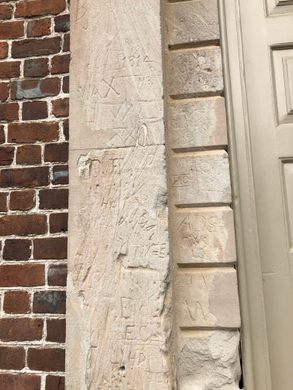
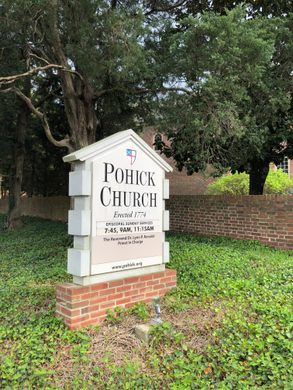



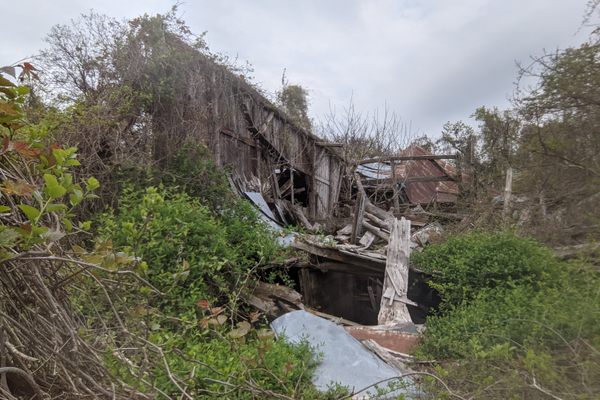

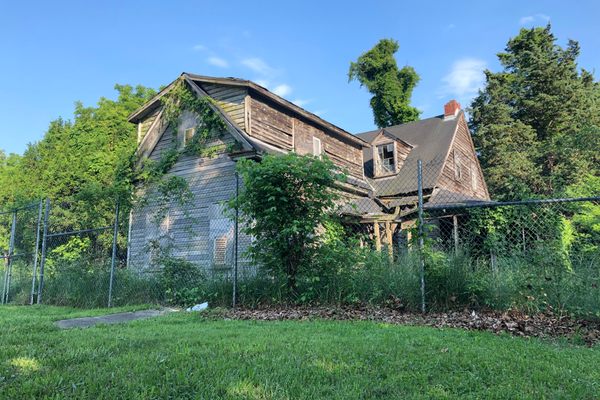
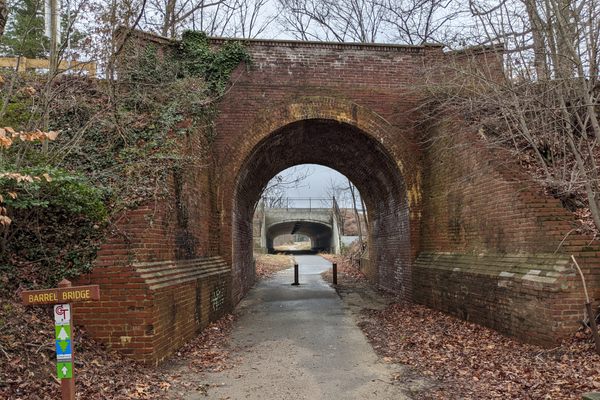

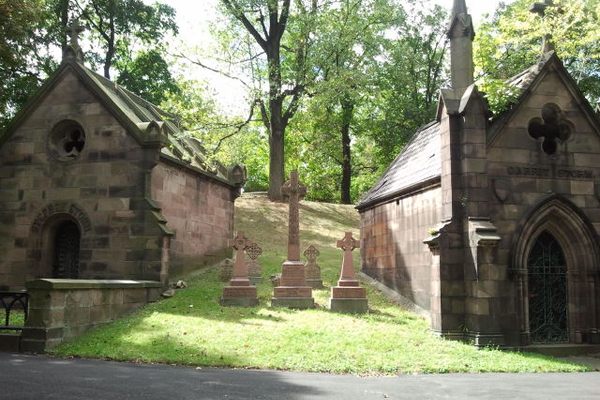
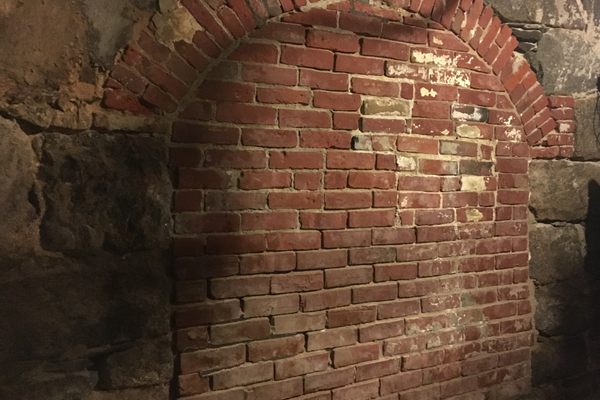
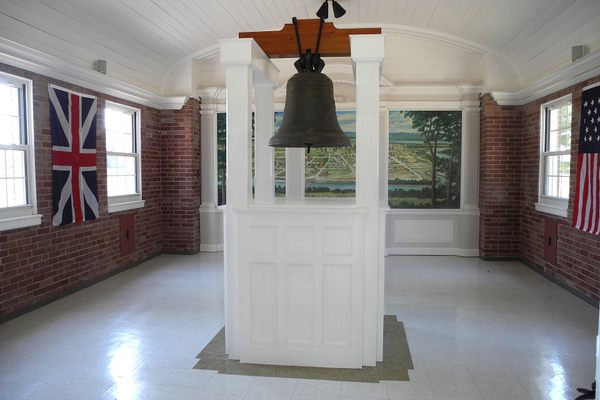

Follow us on Twitter to get the latest on the world's hidden wonders.
Like us on Facebook to get the latest on the world's hidden wonders.
Follow us on Twitter Like us on Facebook